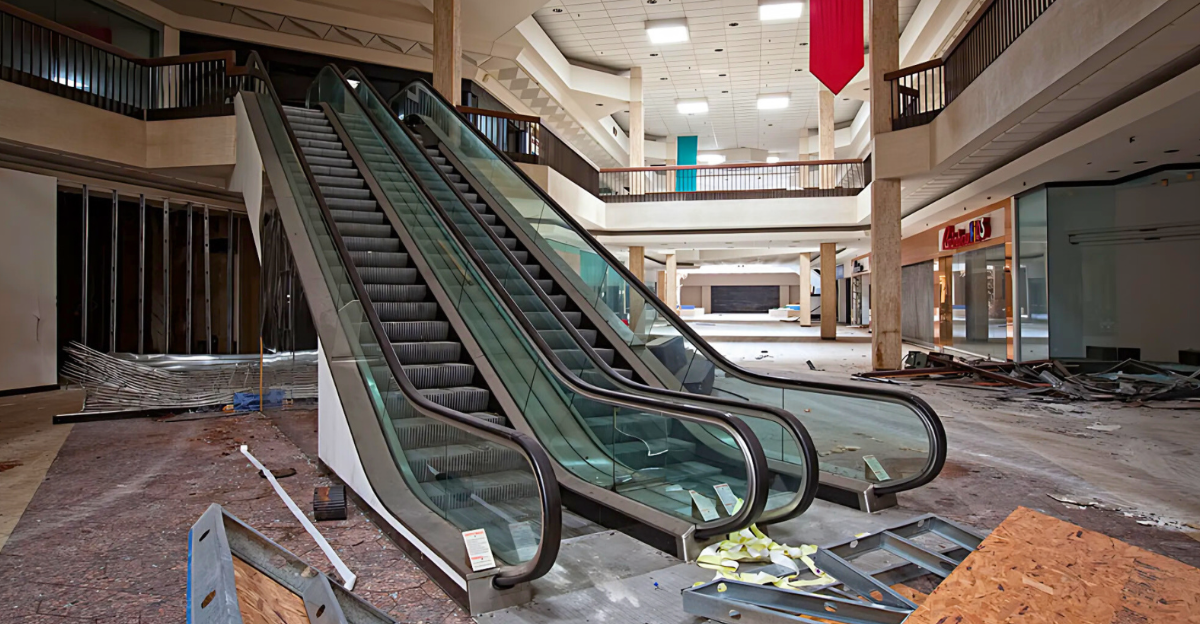
Not too long ago, shopping malls were the heart of American suburbia, bustling spaces where families spent weekends, friends hung out after school, and everything from birthday gifts to back-to-school shoes could be found in one place. They were more than just shopping centers; they were part of everyday life.
What Is a Ghost Mall?
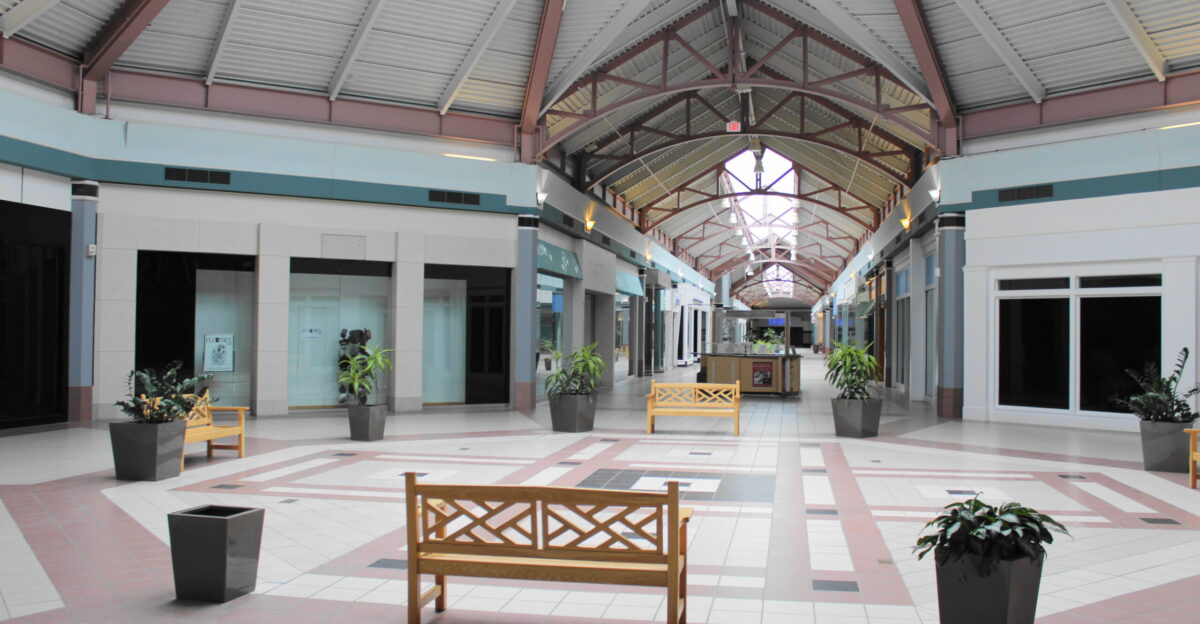
A ghost mall isn’t just a quiet shopping center, it’s a mostly or completely abandoned space where crowds once gathered and now only echoes remain. Once filled with energy, color, and the hum of daily life, these malls now sit in silence. Many have only a handful of stores hanging on-if any-and are often left to deteriorate until they’re eventually demolished or repurposed for something new.
Several factors caused this shift: the rise of online shopping, changing consumer habits, economic downturns, and the fall of major department store chains.
1. Hawthorne Plaza Mall – California’s Hollywood Stand-In
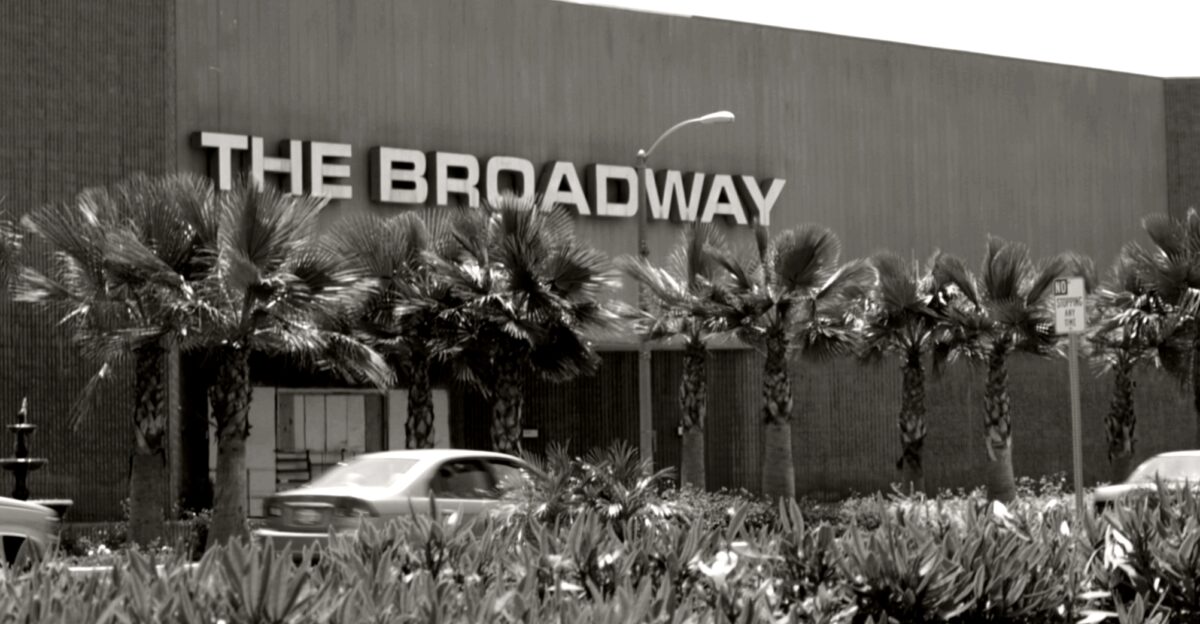
Hawthorne, California
Opened in 1977, Hawthorne Plaza was once home to over 130 stores and big-name anchors like J.C. Penney and Broadway. But the area’s economy hit, and rising competition and crime made it harder to stay afloat. The mall officially closed in 1999.
While shoppers stopped coming, filmmakers started noticing. Today, the abandoned building appears in movies, music videos, and TV shows, its empty halls now serving as a moody backdrop for action and suspense scenes.
2. Randall Park Mall – From Record-Breaking to Retired
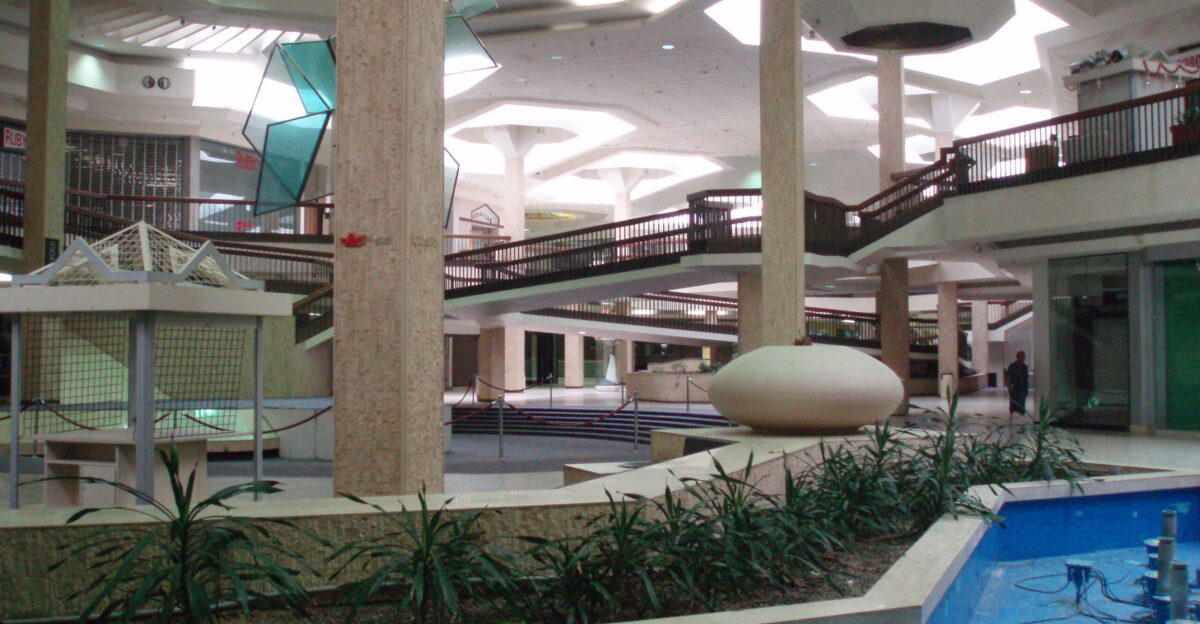
North Randall, Ohio
Once the largest mall in the world, Randall Park opened in 1976 with more than 200 stores and five anchor tenants. For a while, it was a major retail destination. But within a few decades, the mall’s size became a burden. As nearby competition grew and shoppers turned elsewhere, stores began to close. Randall Park shut down entirely in 2009 and was later demolished. An Amazon fulfillment center now stands on the site, marking a clear shift in how we shop.
3. Century III Mall – Pittsburgh’s Faded Landmark
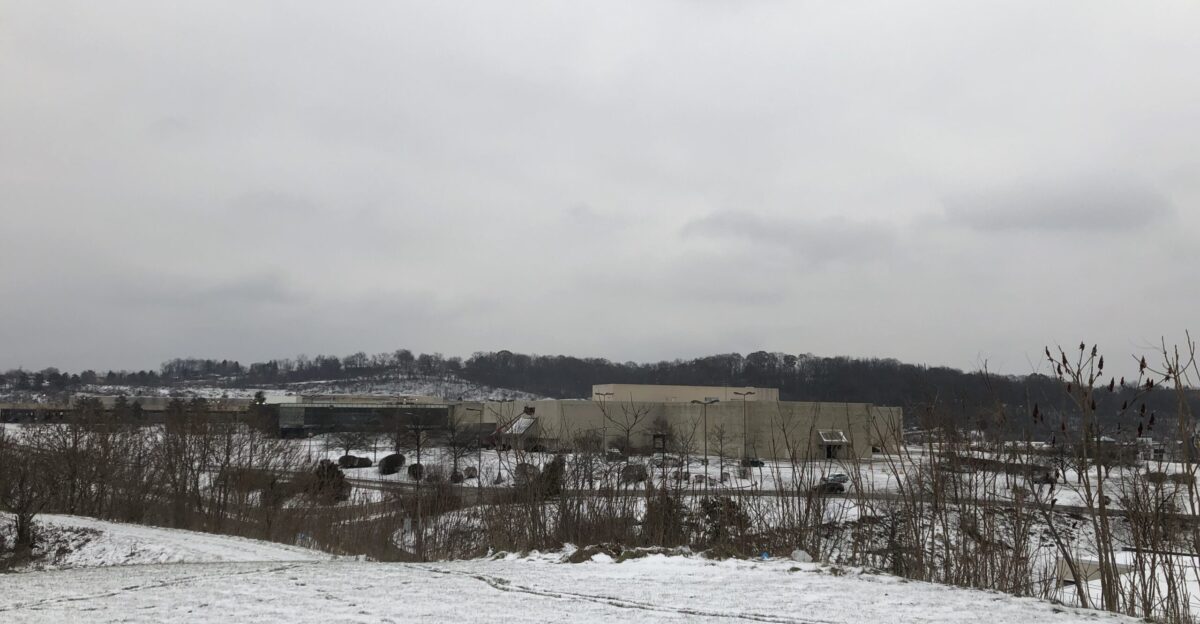
West Mifflin, Pennsylvania
Century III opened in 1979 and was once one of the biggest malls in the country. Built on land reclaimed from a steel industry slag heap, it symbolized new beginnings. Families from around the region made it a weekend destination.
Over the years, however, changing shopping patterns and economic shifts caused major stores to leave. Century III slowly emptied out and officially closed in 2019. The building still stands but is slated for demolition.
4. Jamestown Mall – A Local Favorite Lost to Time
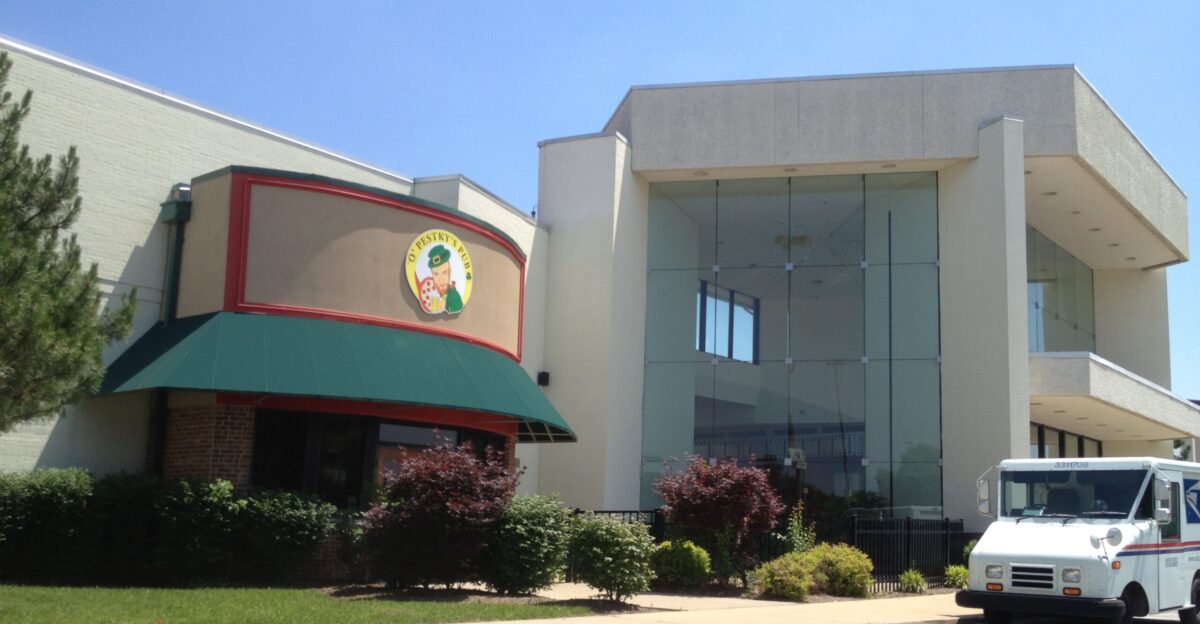
Florissant, Missouri
Jamestown Mall opened in 1973 and drew large crowds for decades. With plenty of natural light, plants, and artistic touches, it had a warm, inviting feel. In the early 2000s, crime concerns and the loss of anchor stores took a toll. The mall officially closed in 2014, and the property began falling into disrepair. Demolition started in 2023, bringing an end to a once-popular gathering place.
5. Forest Fair Village – Big Ideas, Bigger Struggles
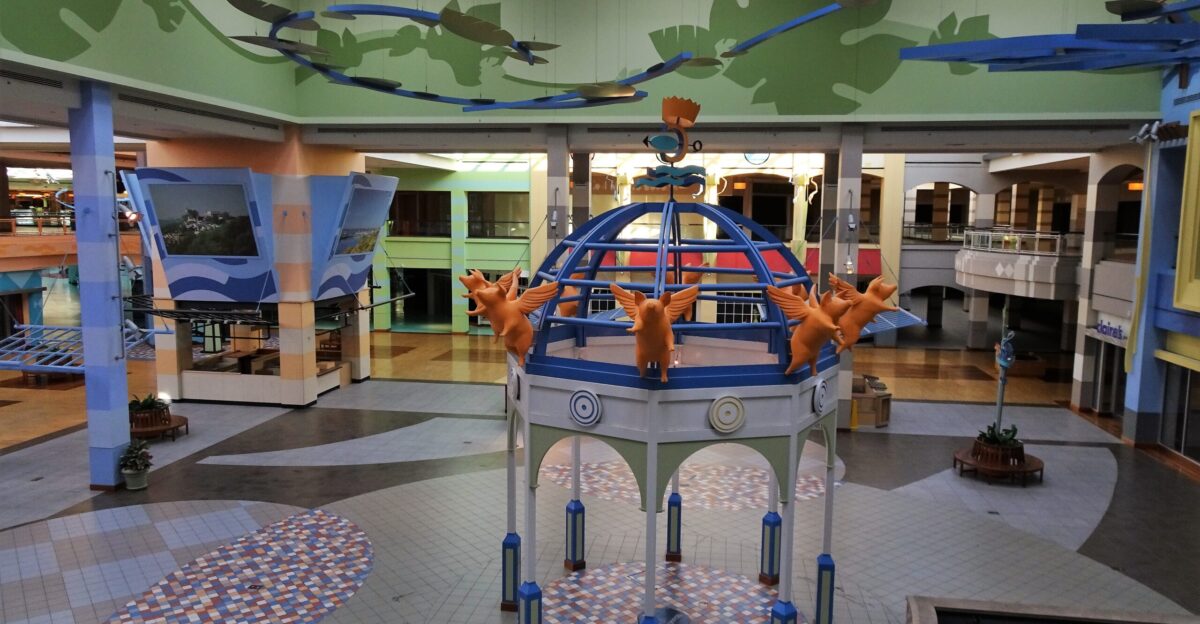
Fairfield, Ohio
Originally named Forest Fair Mall, this shopping center opened between 1988 and 1989 with a bold vision: luxury and discount shopping under one roof. It also featured extras like mini golf, a daycare center, and a microbrewery.
Despite its unique offerings, the mall struggled financially from the beginning. Tenants came and went, and several rebranding attempts couldn’t turn things around. Much of the mall remains empty, although parts are still used for events and office space.
6. Lakeforest Mall – Maryland’s Quiet Goodbye
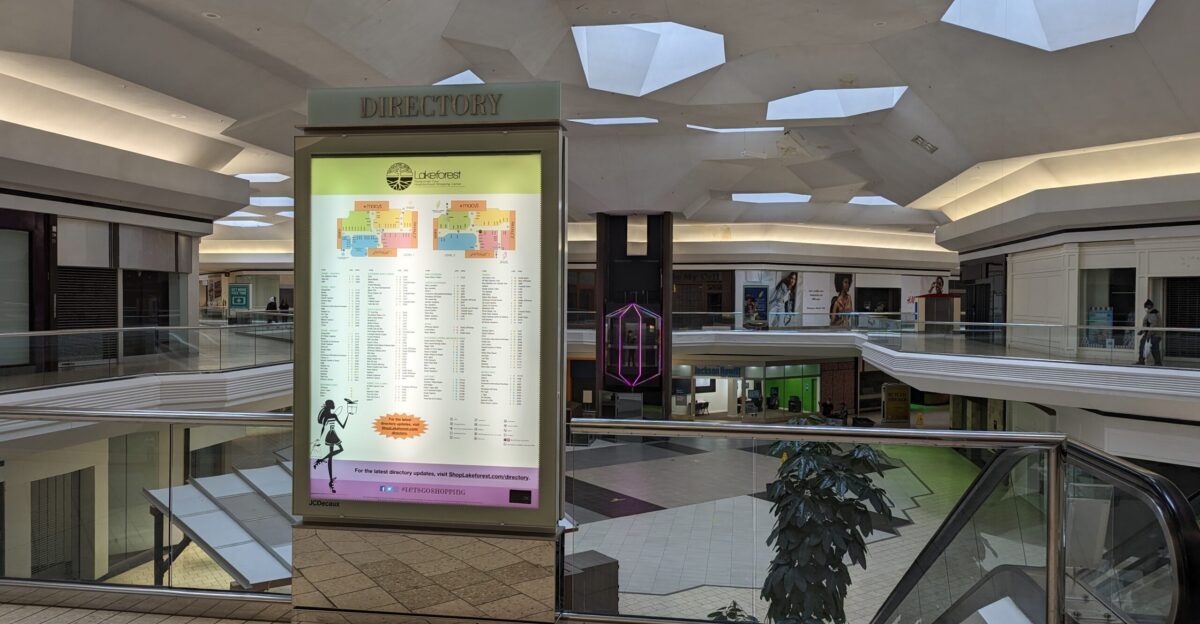
Gaithersburg, Maryland
Lakeforest Mall opened in 1978 and quickly became a favorite spot for shopping and socializing. At its peak, it had over 120 stores and attractions like an indoor skating rink.
As department stores like Macy’s and Sears closed, foot traffic dropped. The mall officially shut down in March 2023. Redevelopment plans are underway, hoping to turn the area into a mixed-use community space.
7. Chambersburg Mall – From Go-To Spot to Empty Shell
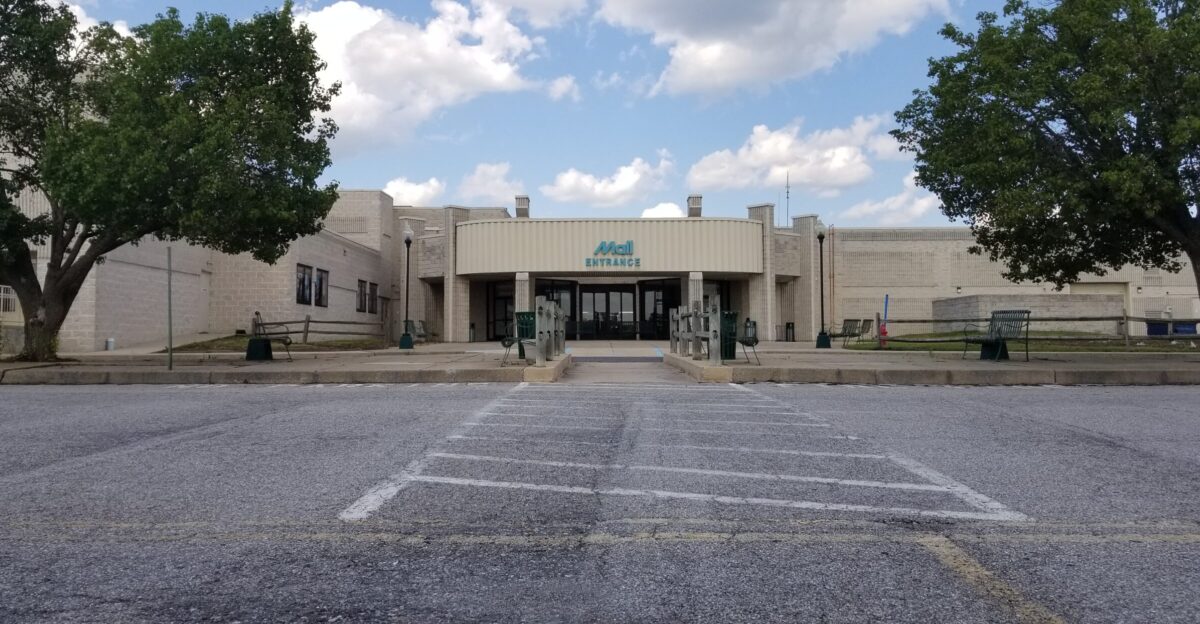
Chambersburg, Pennsylvania
Chambersburg Mall, opened in 1982, served Franklin County for decades. It was a reliable shopping stop, even if it wasn’t flashy.
But like many small-town malls, it couldn’t keep up with changing trends. As major retailers left, fewer people came. The mall officially closed in 2023, and its future remains uncertain.
8. Stratford Square Mall – A Suburban Standby in Decline
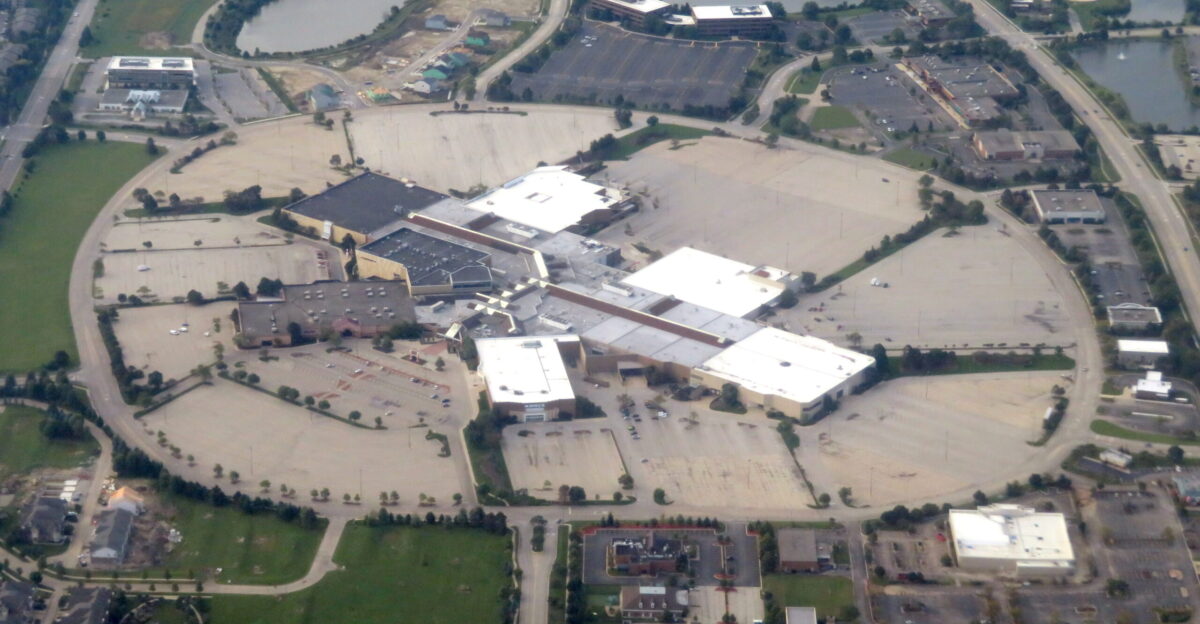
Bloomingdale, Illinois
Stratford Square opened in 1981 during the height of the suburban mall boom. At its peak, it housed over 150 stores and five anchor tenants.
Over time, new competition and changing demographics led to fewer shoppers. As stores shut their doors, the mall became increasingly quiet. By 2024, it was nearly empty, with redevelopment plans still in progress.
9. Rainbow Centre Outlet – A Tourism Bet That Didn’t Pay Off
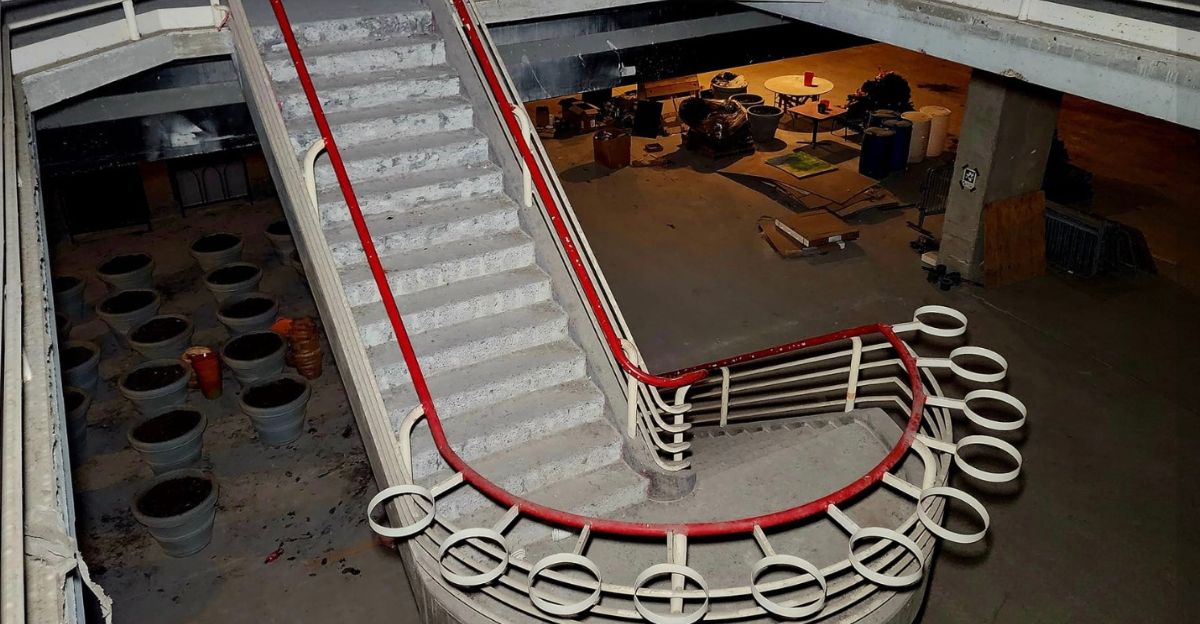
Niagara Falls, New York
Built in the early 1980s, Rainbow Centre hoped to attract millions of tourists who visit Niagara Falls annually. It featured outlet stores, entertainment, and easy access to the falls.
But tourist shopping habits changed, and the mall struggled to stay relevant. Today, parts of it are used for offices, while the rest remains mostly vacant, a reminder of high hopes that never fully materialized.
What These Malls Tell Us

These ghost malls aren’t just stories of retail decline, they reflect how fast the world can change. Once full of promise, these malls couldn’t keep up with shifting tastes, online shopping, and economic shifts.
Even in their quiet state, these spaces spark curiosity and nostalgia. They remind us of how we once gathered, shopped, and connected, and how the places we build don’t always last, but their impact can linger.